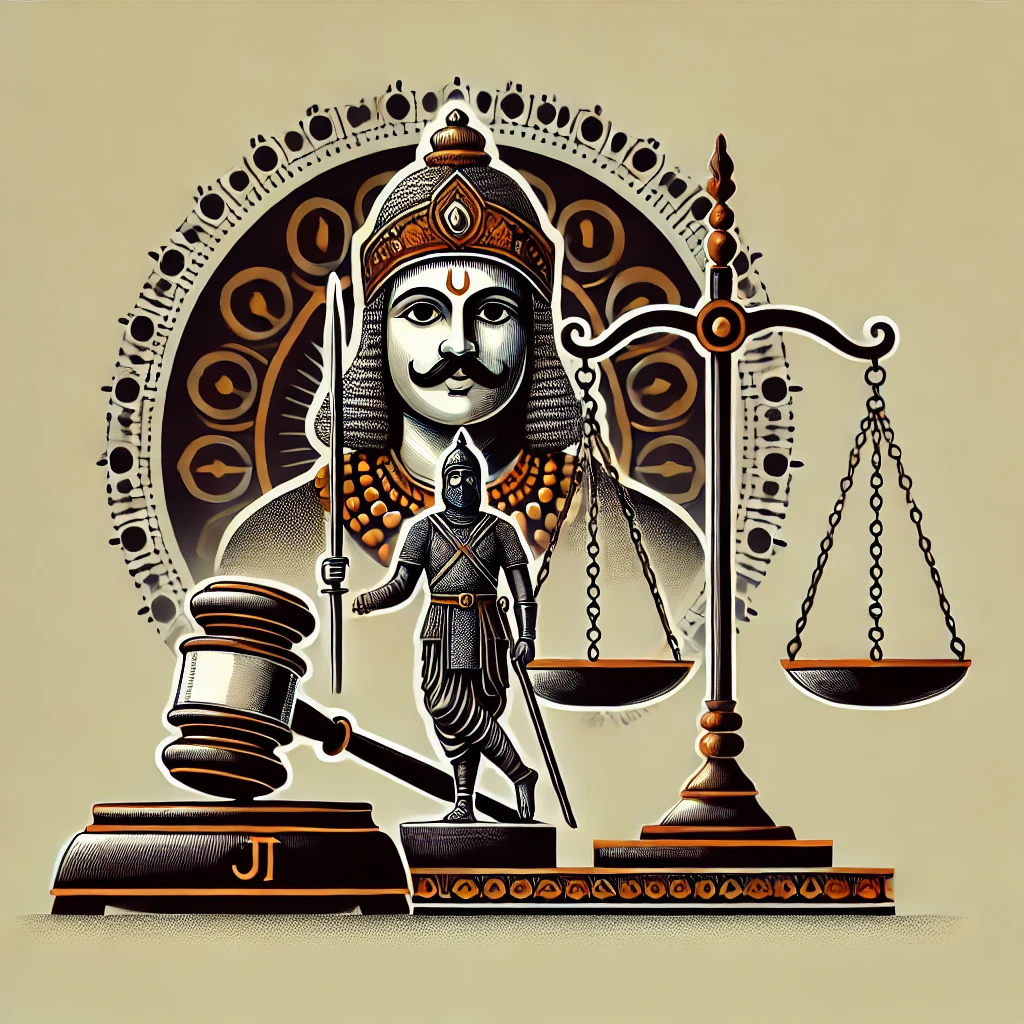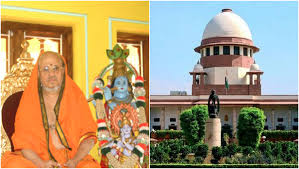Shreya Singhal v. Union of India
- ByPravleen Kaur --
- 06 May 2025 --
- 0 Comments
1. Introduction
This judgment by the Supreme Court of India deals with the constitutionality of Section 66A of the Information Technology Act, 2000, which punished sending offensive messages through communication devices. A batch of writ petitions was filed under Article 32 of the Constitution, challenging the validity of this provision. [Para 1]
2. Background
Section 66A was introduced through an amendment to the Information Technology Act in 2008. The Statement of Objects and Reasons cited the need for new penal provisions to address crimes like publishing explicit materials and identity theft due to the rapid increase in computer and internet use. [Para 3]
The petitioners argued that Section 66A was unnecessary and that existing laws were sufficient to address these crimes. [Para 4] They contended that the section infringed upon the freedom of speech and expression, was vague in its terms, and discriminated against internet users. [Para 5] 3.
Arguments by the Parties
A. Petitioners' Arguments The petitioners' counsel raised several points regarding the unconstitutionality of Section 66A, including:
1. Infringement of free speech [Para 5]
2. Vagueness of terms used in the section [Para 50]
3. Discriminatory treatment of internet users [Para 5]
B. Respondent's Arguments
Mr. Tushar Mehta, the learned Additional Solicitor General, defended the constitutionality of Section 66A, arguing:
1. The legislature is best positioned to understand the needs of the people. [Para 6]
2. The Court should only interfere when a statute clearly violates citizens' rights under the Constitution. [Para 6]
3. There is a presumption in favor of the constitutionality of an enactment. [Para 6]
4. Freedom of speech and expression is protected under Article 19(1)(a) of the Constitution. [Para 6]
4. Court's Observations and Findings
A. Freedom of Speech and Expression
The Court emphasized the importance of freedom of speech and expression for individuals and democracy, stating that it is crucial for democratic organizations and must be preserved. [Para 9] It discussed the three fundamental concepts of discussion, advocacy, and incitement, with Article 19(1)(a) protecting discussion and advocacy, while Article 19(2) allows for limitations when speech reaches the level of incitement. [Para 13]
The Court also discussed the applicability of American judgments on freedom of speech and expression, noting that while they have persuasive value, there are differences when it comes to serving the public interest under the Indian Constitution. [Paras 17-19]
B. Unconstitutionality of Section 66A
The Court found Section 66A to be unconstitutional on the following grounds:
1. Infringement of Freedom of Speech and Expression: The section affects the public's right to know and encompasses information of all kinds, including that which may be annoying, inconvenient, or offensive to some. It does not have a proximate relation to any of the eight subject matters contained in Article 19(2). [Para 20]
2. Vagueness and Overbreadth: The terms used in Section 66A, such as "grossly offensive," "menacing," "annoyance," and "inconvenience," are vague and undefined. This vagueness can lead to arbitrary and discriminatory enforcement of the law, chilling free speech. [Paras 50-82]
3. Lack of Procedural Safeguards: Section 66A lacks the procedural safeguards available for offenses like criminal defamation under Sections 199, 95, and 96 of the Code of Criminal Procedure, revealing a lack of sensitivity to the fundamental right to free speech and expression. [Para 99]
4. Failure to Meet Constitutional Standards: Section 66A does not fall within any of the subject matters contained in Article 19(2) and is not severable. Therefore, no part of it can be upheld, and the provision as a whole must be declared unconstitutional. [Paras 94-96]
C. Other Provisions Examined
The Court also examined the following provisions and made the following observations:
1. Section 69A and the Information Technology (Procedure and Safeguards for Blocking for Access of Information by Public) Rules, 2009: These were found to be constitutionally valid. [Para 14]
2. Section 79 and the Information Technology (Intermediary Guidelines) Rules, 2011: These were held to be valid, subject to certain conditions. Section 79(3)(b) was read down to mean that an intermediary must expeditiously remove or disable access to material upon receiving a court order or notification from the appropriate government or its agency that unlawful acts related to Article 19(2) are going to be committed. Similarly, Rule 3(4) of the 2011 Rules was read down in the same manner. [Paras 79, 119]
3. Kerala Police Act, 1960: The Act was found to be within the legislative competence of the State Legislature. However, Section 118(d) was declared unconstitutional for violating Article 19(1)(a). [Para 14]
5. Conclusion
The Supreme Court struck down Section 66A of the Information Technology Act, 2000, as unconstitutional, violating Article 19(1)(a) and not being saved by Article 19(2). The Court upheld the validity of other provisions, such as Section 69A, Section 79 (with conditions), and the Information Technology (Procedure and Safeguards for Blocking for Access of Information by Public) Rules, 2009, and the Information Technology (Intermediary Guidelines) Rules, 2011 (with conditions). [Para 119]






























0 comments